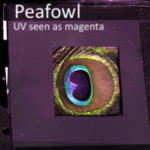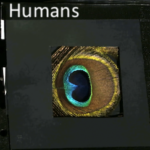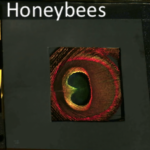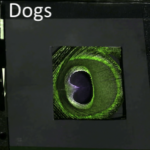We’ve long been fascinated by how animals see the world and researchers and veterinarians have told us that a dog’s vision is quite different from human vision.
A look back at our DoggieUK9 Blog story of September 2022, we learned that dogs see the world in fewer hues than we do, but this doesn’t mean our canine companions are completely colorblind. But even if dogs’ visual worlds are not as clear or as colorful as ours, their ability to see motion is superior. [See previous Blog story for more details about dog vs human visual differences – Link]
Fast forward to 2024
“Each animal has a unique set of photoreceptors, which means they perceive color differently,” according to new research from scientists, at the Hanley Color Lab at George Mason University Fairfax, VA and at the University of Sussex, UK, they have developed a camera and software system that adjusts to each set of photoreceptors to capture various “animal-view videos.”
Modern techniques in sensory ecology have allowed us to infer how static scenes might appear to an animal; however, animals often make crucial decisions on moving targets which is more typical of their real world vision. The camera captures videos from an animal’s view of moving objects under natural lighting conditions. The camera records the video in four color channels of blue, green, red and UV (which bees and some birds see). In contrast, the human eye contains three photoreceptors that capture blue, green and red light.
Dogs are dichromatic, so that the blue and green channels correspond to the responses of the blue and green receptors, and the red channel to the average of the 2 receptors.
[Link to video of above images. How these colors would be seen when moving.]




